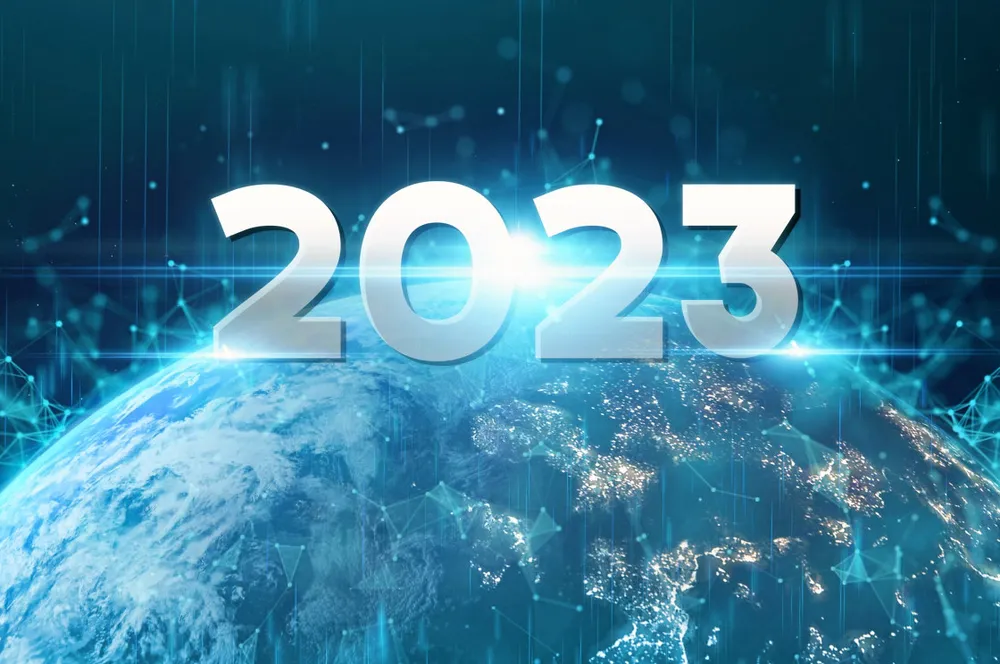Review of 2023 | The key developments and trends in the global hydrogen sector (Part 1: Production)
Subsidy delays led to less growth than expected, but a new sense of realism has emerged, with 2024 set to be a breakout year

Subsidy delays led to less growth than expected, but a new sense of realism has emerged, with 2024 set to be a breakout year
